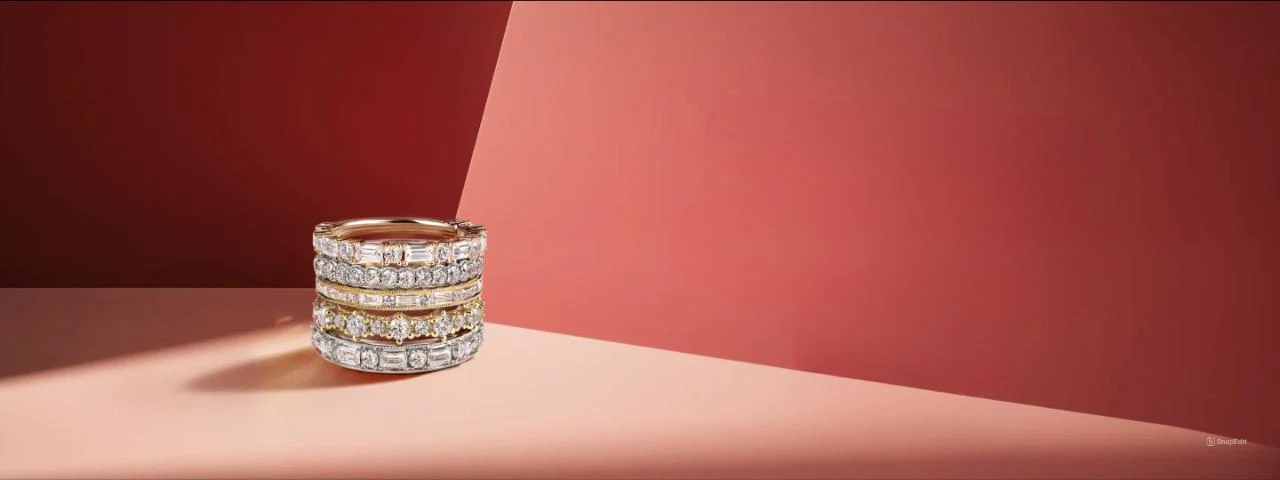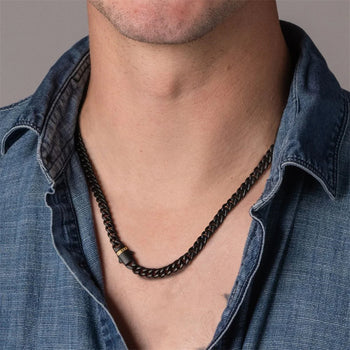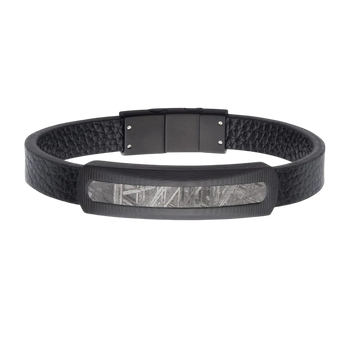
What Are Step Cut Diamonds?
Diamond shapes are grouped together into different diamond cut families. Step cut diamonds are one example and represent a popular option. Other examples include brilliant, mixed, and rose diamonds. Cut influences both shape and sparkle. We will discuss what a step cut is, the different types that are available, and how to find one for you with expert shopping tips at the end of this article.
What Is a Step-Cut Diamond?
Featuring a square or more rectangular diamond shape, step-cut stones have eight parallel lines that run down the sides. This configuration accentuates the center of the stone. The parallel steps, or facets, run along the width and length, similar in design to an Aztec temple or pyramid. A “hall of mirrors” effect is created by the light reflection as seen from the top of the diamond. The three main types of step-cut diamonds include:
- Emerald Cut
- Asscher Cut
- Baguette Cut
Emerald Cut Diamond
An emerald cut diamond is defined by an elongated shape, clean lines, and cropped corners to create eight sides. Also, the table is relatively large, and the pavilion is elongated compared to other diamonds. Emerald cut diamonds are often used for engagement rings.
Asscher Cut Diamond
Another common engagement ring stone, an Asscher cut diamond is similar to the emerald cut but squarer in shape. It too has cropped corners, plus a distinctive “X” pattern. The octagonal appearance adds more depth and brilliance.
Baguette Cut Diamond
A baguette cut diamond is defined by pointed edges and fewer facets. It is often used as an accent stone or in smaller pieces of jewelry. Although it doesn’t have as much sparkle, it does reflect light in an elegant hologram-type pattern, which helps compliment center stones in, for example, three-stone step-cut engagement rings.
A Brief History of Step Cut Diamonds
Although emerald cut gemstones can be traced back to the 1500s, step cut diamonds didn’t become mainstream until the 1920s and 1930s, during the Art Deco period. The Asscher cut was developed in 1902 by Joseph Asscher, a famous diamond cutter from Holland who patented his design. The patent was held by the Asscher Diamond Company until the start of World War II. While this cut declined in popularity during the period thereafter, it has recently gained more interest.
The baguette cut emerged during the Art Deco period. Like other step cuts, it is also regaining popularity as people seek jewelry with undeniable beauty.
How to Buy a Step Cut Diamond
When choosing a step cut diamond, it’s important to have the 4 Cs in mind. The lower number of facets and larger, more open table reveal inclusions more easily, so go for higher clarity grades for more luster. Otherwise, flaws, will be more noticeable. Carat weight is another consideration; during cutting, step-cut diamonds retain more carat wight than round brilliant stones. Since less material is lost, and they’re less popular than round, princess, or cushion diamonds, step-cut stones tend to be more affordable. They also go well with vintage-style engagement rings.
Contact Jeweler’s Touch
Jeweler’s Touch has a large selection of step-cut engagement rings and jewelry. We also specialize in other popular diamond cuts and shapes, and can fully customize your jewelry using your vision and state-of-the-art digital design tools. In addition to the information we’ve provided here, our gemologists can further educate you and help infuse creativity into your engagement ring. We’re serving customers in our Placentia jewelry store and offering virtual appointments, curbside pickup, and delivery services during the coronavirus pandemic.
For service in and around Orange County, and to learn more about our repair, appraisal, and financing options, make an appointment or call us directly at 714-579-1616.
- Tags: All Diamonds Diamond Bands



